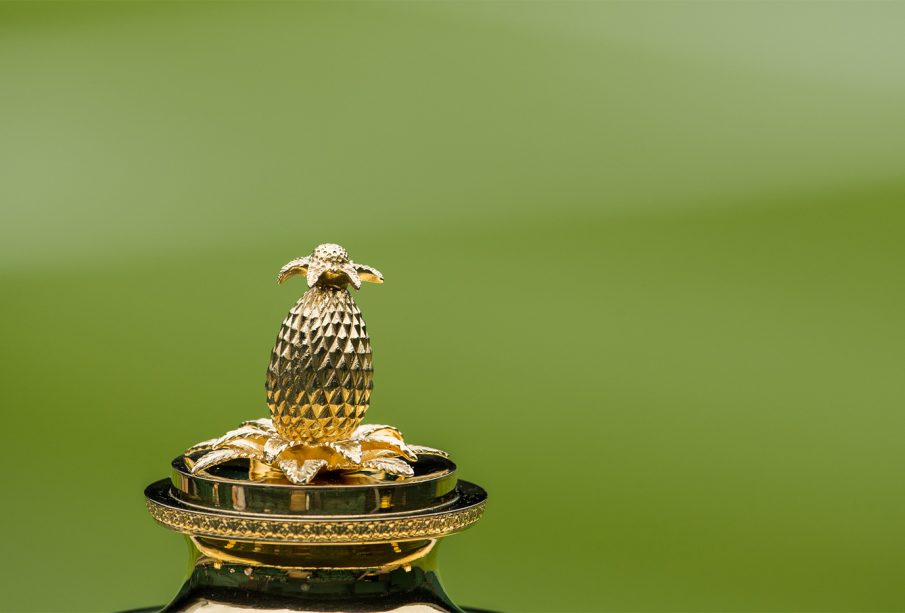The Mystery of the Pineapple on the Wimbledon Trophy

Introduction: The Wimbledon Trophy and Its Unique Symbol
The Wimbledon tennis championship, established in 1877, is not only the oldest tennis tournament in the world but also one of the most prestigious. Held annually in London, it draws millions of fans and players from around the globe. Among its many unique features, the trophy awarded to the singles champions has an unusual emblem: a pineapple perched atop its lid. This curious design element has raised numerous questions over the years, leading many to wonder why a pineapple is associated with a symbol of sporting excellence.
Historical Context: Origins of the Pineapple Emblem
The origins of the pineapple on the Wimbledon trophy can be traced back to the late 19th century. At that time, pineapples were considered a luxurious fruit, often associated with hospitality and extravagant welcoming. Their rarity made them a symbol of wealth and prestige. As such, they often adorned the homes of the affluent, including during celebrations and significant events. The decision to incorporate a pineapple into the Wimbledon trophy can be seen as a nod to this symbol of hospitality and prosperity.
The Design of the Trophy
The current trophy, known as the Gentlemen’s Singles Trophy, was created in 1887 and designed by the renowned silversmith, Thomas Lyte. It features a stunning intricately designed body and the pineapple motif encapsulates the spirit of the tournament’s upper-crust heritage. The elegant design also reflects Victorian values, where sports were often tied to social status, thus elevating the significance of the pineapple’s emblematic presence.
Modern Interpretations and Cultural Significance
Today, the pineapple has transcended its original meaning and has become an internationally recognised symbol of the Wimbledon Championships. The trophy itself remains a prestigious award revered by champions, linking the history of tennis with the unique British culture. Furthermore, as the tournament welcomes players and patrons from diverse backgrounds, the pineapple can now be interpreted as a symbol of inclusivity and celebration within the sport.
Conclusion: The Pineapple Legacy at Wimbledon
The pineapple on the Wimbledon trophy serves as a fascinating reminder of the tournament’s history and its cultural context. Each year’s victor takes home not just a trophy but a piece of this elaborate legacy that honours both tradition and excellence. As Wimbledon continues to evolve, the enduring presence of the pineapple underscores its significance, making it a point of intrigue for spectators and participants alike. Future champions will no doubt carry forth the trophy’s history, and with it, the story of the enigmatic pineapple will live on in the annals of tennis.








